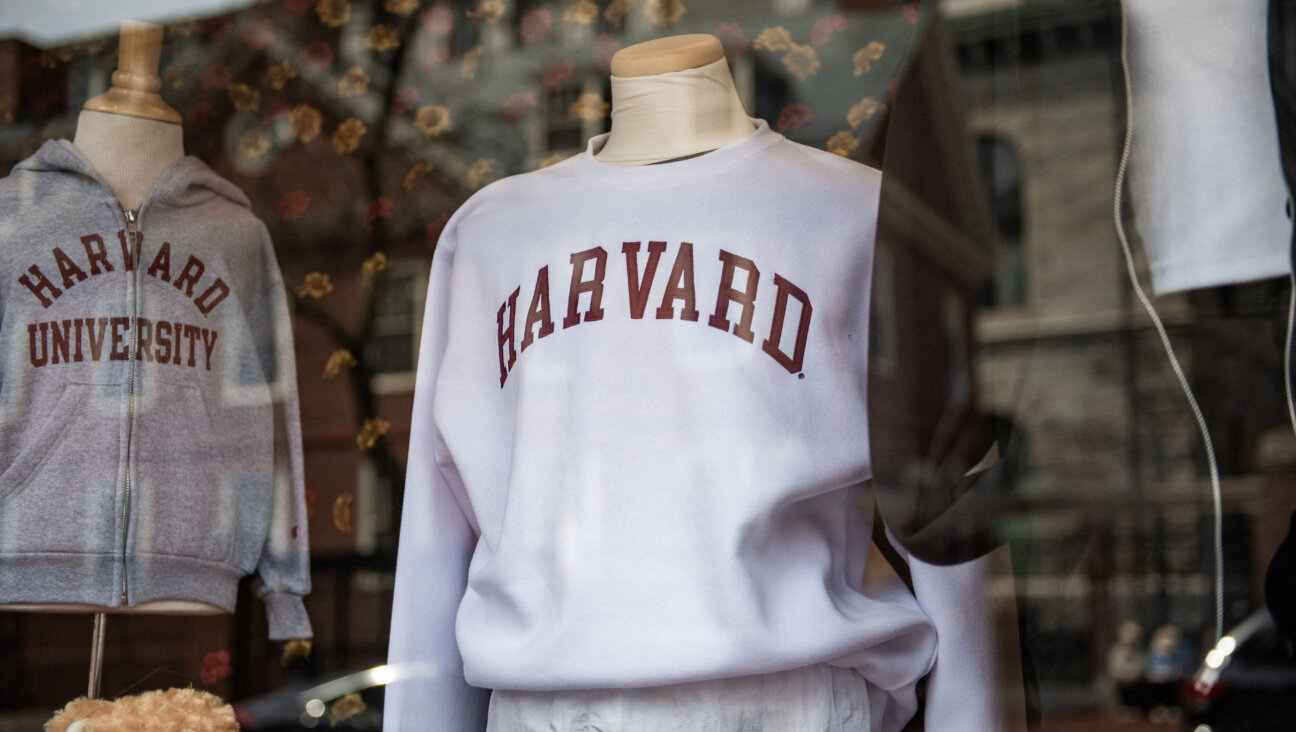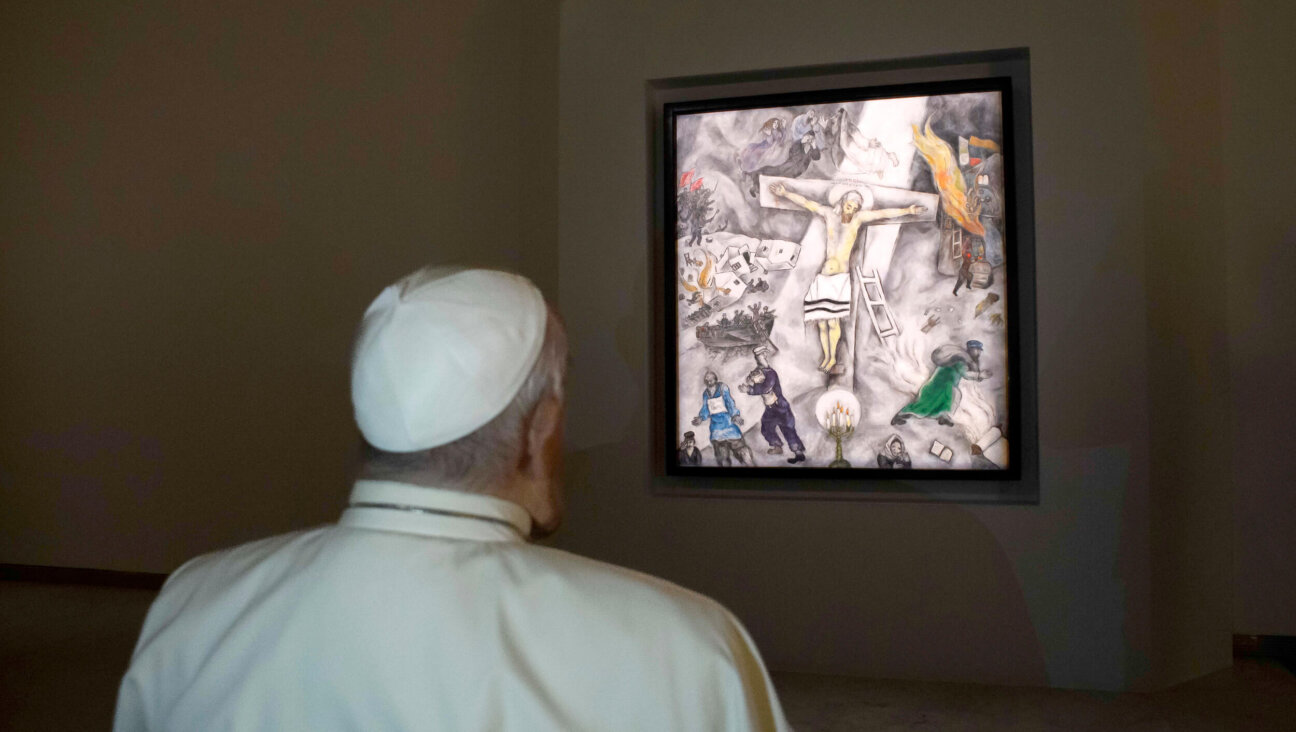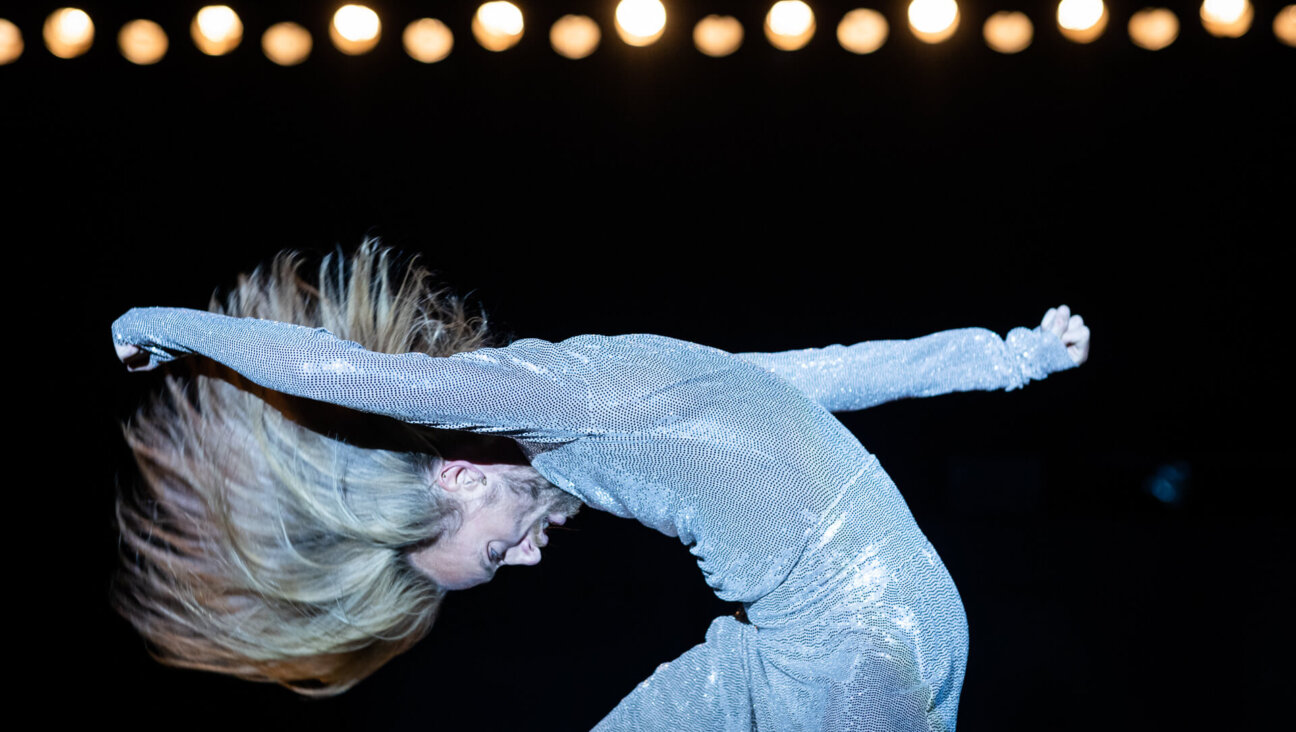Return of the Story Animals

Yann the Man: Making the case for fiction in the face of the Holocaust. Image by ALICE KUIPERS
Despite Yann Martel’s 2001 novel “Life of Pi” making the difficult transition from best-seller to Man Booker Prize winner, acclaim for the book was never universal. Whether because of the book’s plot twist, its childlike animal parable structure, or the taint of plagiarism in Martel’s free admission that he was influenced by “Max and the Cats” by Brazilian writer Moacyr Scliar, neither critics nor students were convinced.

Yann the Man: Making the case for fiction in the face of the Holocaust. Image by ALICE KUIPERS
“Beatrice and Virgil,” Martel’s new book, tackles the uneasy reception of “Life of Pi” and ups the ante, as Martel also takes up his pen against Adorno’s interdiction of poetry after the Holocaust.
Instead of describing a boy stranded in the ocean, accompanied by only a zebra, a hyena, an orangutan and a large Bengali tiger by the name of Richard Parker, “Beatrice and Virgil” concerns the eponymous stuffed donkey and monkey whose allegorical dialogues about their brutal experiences constitute a play within the book. The stakes are raised further by a framing device in which a novelist tries to write a follow-up to a successful book (“As for fame, fame felt like nothing”), and by making it about the Holocaust — a subject in which Martel has no familial or obvious vested interest.
The plot is simple and more than a little autobiographical. After writing a successful novel, Henry, the protagonist, wants to use the creative strengths of fiction to deal with the Holocaust. When his initial idea — a flipbook where two books are bound together upside-down — is totally rejected, he retreats with wife and pets to an unnamed city to write, recuperate and, it transpires, to dabble in amateur theatrics. There he meets the enigmatic taxidermist also named Henry, author of the play “Beatrice and Virgil.”
As with “Life of Pi” and his strangely inert 1993 short-story collection, “The Facts Behind the Helsinki Roccamatios,” Martel avoids describing most normal character interaction except to highlight the oddness of the exchanges he portrays. Here he doubles his protagonist, separating the likable Henry, the narrator-novelist who recounts the story, from the distinctly inhuman Henry, the taxidermist-playwright. Taxidermist Henry sends novelist Henry the play “Beatrice and Virgil,” which gives its name to Henry’s (and Martel’s) novel.
Characters are doubled as, indeed, is the book itself — the novel “Beatrice and Virgil” is followed by the brief, enigmatic section, “Games for Gustav.” The preceding novel introduces these 13 “games” — though they are more like dilemmas -— as also being written by Henry the novelist, and describes the collection as being “too short to be a novel, too disjointed to be a short story, too realistic to be a poem.”
“Games for Gustav” returns us to the long opening exposition where Henry the novelist explains his conception of the “flipbook” to respond to the problem of Holocaust representation: “That terrifying event was overwhelmingly represented by a single school: historical realism…. Was there not a danger to representing the Holocaust in a way always beholden to factuality?” Instead he wrote an essay and a novel “that shared the same title, the same theme, the same concern but not the same method.” He planned to publish these bound upside down next to each other so that neither would have priority — which way the reader held it would decide which came first.
In a scene worthy of Kafka, Henry’s flipbook idea is laughed out of court by an audience of two editors, a historian and a bookseller: “He thought they were a wedding party. In fact they were a firing squad.” In self-imposed exile, Henry begins the adventures of “Beatrice and Virgil.” Much has changed, but Henry’s early-stated belief that “we are story animals” has not wavered.
Like many of Henry the novelist’s utterances, Martel stands closely behind it and, just in case we had any doubt that Martel is in deadly literary earnest, he sprinkles the text with other pieces of major art that have borne witness to history. As well as the Dante reference of the title, he refers to Holocaust artists (Art Spiegelman, David Grossman and Primo Levi) as well as to “Orwell with ‘Animal Farm,’ Camus with ‘The Plague,’ Picasso with ‘Guernica.’”
As if daring himself to fail in comparison, he invokes large chunks of Gustave Flaubert’s short masterpiece “The Legend of St. Julian the Hospitator” as a central text in the book, and alludes, although not by name, to Nobel Prize-winning Hungarian Jewish author and Holocaust concentration camp survivor Imre Kertész. Martel is clearly playing on the grand European stage and for the right to say that he, too, is upholding, as the Nobel committee said of Kertész, “the fragile experience of the individual against the barbaric arbitrariness of history.”
The stakes are high, and he’s taking personal responsibility for the power of fiction. While the questions he asks are large and powerful, it’s not clear that his stuffed menagerie can quite answer them.
Dan Friedman is the arts and culture editor of the Forward.
The Forward is free to read, but it isn’t free to produce

I hope you appreciated this article. Before you go, I’d like to ask you to please support the Forward.
Now more than ever, American Jews need independent news they can trust, with reporting driven by truth, not ideology. We serve you, not any ideological agenda.
At a time when other newsrooms are closing or cutting back, the Forward has removed its paywall and invested additional resources to report on the ground from Israel and around the U.S. on the impact of the war, rising antisemitism and polarized discourse.
This is a great time to support independent Jewish journalism you rely on. Make a Passover gift today!
— Rachel Fishman Feddersen, Publisher and CEO
Make a Passover Gift Today!
Most Popular
- 1

News Student protesters being deported are not ‘martyrs and heroes,’ says former antisemitism envoy
- 2

News Who is Alan Garber, the Jewish Harvard president who stood up to Trump over antisemitism?
- 3

Fast Forward Suspected arsonist intended to beat Gov. Josh Shapiro with a sledgehammer, investigators say
- 4

Opinion What Jewish university presidents say: Trump is exploiting campus antisemitism, not fighting it
In Case You Missed It
-

Fast Forward Harvard president: As a Jew, ‘I know very well’ that concerns about antisemitism are valid
-

Fast Forward Ben Shapiro, Emily Damari among torch lighters for Israel’s Independence Day ceremony
-

Fast Forward Larry David’s ‘My Dinner with Adolf’ essay skewers Bill Maher’s meeting with Trump
-

Sports Israeli mom ‘made it easy’ for new NHL player to make history
-
Shop the Forward Store
100% of profits support our journalism
Republish This Story
Please read before republishing
We’re happy to make this story available to republish for free, unless it originated with JTA, Haaretz or another publication (as indicated on the article) and as long as you follow our guidelines.
You must comply with the following:
- Credit the Forward
- Retain our pixel
- Preserve our canonical link in Google search
- Add a noindex tag in Google search
See our full guidelines for more information, and this guide for detail about canonical URLs.
To republish, copy the HTML by clicking on the yellow button to the right; it includes our tracking pixel, all paragraph styles and hyperlinks, the author byline and credit to the Forward. It does not include images; to avoid copyright violations, you must add them manually, following our guidelines. Please email us at [email protected], subject line “republish,” with any questions or to let us know what stories you’re picking up.
















